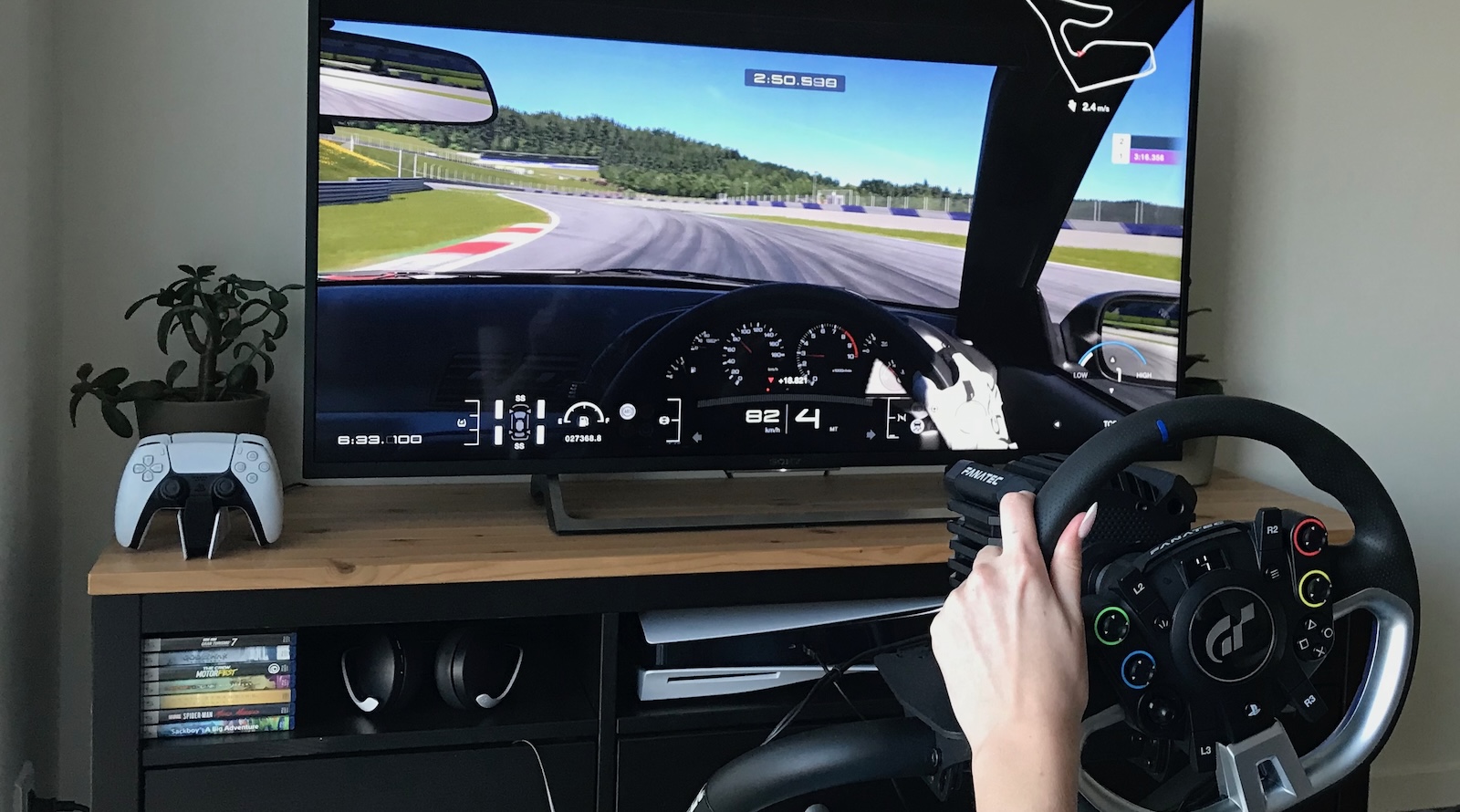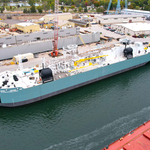Sign up for daily news updates from CleanTechnica on email. Or follow us on Google News!
Before I begin the following highly speculative rant, take a look at my initial speculation on Tesla’s next-generation platform before investor day on March 1, 2023, and the things we learned after that. That will cushion the impact of what I will put forth here.
I imagine how this sentence could have floated through the conference room one day when Tesla execs were discussing the next-generation platform that is supposed to fulfill the dual needs of a manually operated $25,000 car and a robotaxi: “How do we make the manually operated vehicle just as safe as the automated one?”
I imagine this question could probably have been uttered by the smartest person in the room (who might that be?), because when you think about it, the dual mode optionality brings forth a dilemma: Can Tesla bring a new product to market that is more dangerous to human life than the robotaxi will be when approved by regulators? The logical answer is no! That would be equivalent to introducing a new car without seat belts, airbags, and antilock brakes. Not going to happen.
Since the Reuters headline “Tesla scraps low-cost car plans amid fierce Chinese EV competition” hit a couple of days ago, to which Elon Musk responded: “Reuters is lying (again),” I have been trying to take in the tsunami of commentary on this and distill it into something simple and rational. I have not seen my conclusion expressed anywhere else, so I might be delusional. If it has, please point me to it, because I am not trying to get credit for it. Why would I? It’s probably totally off the mark, but entertaining nonetheless, so here we go:
- The Tesla next-generation platform will technically be a single build all through, with the initial design (other cabin designs may follow) presented on August 8, 2024, and we will see how the optional drive-by-wire steering wheel and pedals are easily attached and removed, on either side (left/right hand drive).
- It will be a two-seater, based purely on hardware utilization statistics, as +80% of all rides will be one person. According the Danish road directorate, “When we commute to and from work, there are only 1.08 occupants in the car on average, and across all car journeys there are only just over 1.4 occupants in each car. This means that approximately 14 million empty seats drive around Denmark every day.” With a Danish population of 6 million, that’s over 2 empty seats per person! Delete second row….
- The variant equipped with manual drive will have software activated called VHD — Virtual Human Driving. It will make you feel like you drive yourself, but it will not allow you to do anything reckless, and FSD would make sure of that. Like FSD (supervised), but with roles switched around (FSD supervising the human).
In my opinion, the VHD option is the only way to go if Tesla wants to offer a manually operated, small, affordable, mass produced, mass market vehicle. Which Tesla will absolutely have to, because it is uncertain when FSD will be legal to use unsupervised, and even without steering wheel and pedals installed. I’m not saying there won’t be differences in the exterior and interior design between a dedicated robotaxi and a manually driven car, but given the new modular manufacturing system Tesla is touting, it’s easy to imagine modules, panels, frames, covers, fabrics, materials, colors, etc. be interchangeable to the degree it’s being done on demand. Thus creating the option of producing exactly the kind of vehicle the market demands on a daily basis, without compromising assembly speed. This would be a world first, indeed.
What do I mean by Virtual Human Driving? That sounds ridiculous if not plain dumb. I know, I had to think about it a lot to muster the courage to write it here, but once I realized what the idea comprised, I had to. Stay with me, even if you might waste a few minutes of your life.

If you have ever tried a driving simulator video game (like Gran Turismo on PlayStation), with a real steering wheel and real pedals (with resistance and feedback), and maybe even a real shift stick, you will have a better idea of what I am about to describe. I have tried it, and the first thing that really blew my mind was not how realistic the graphics, steering, and pedals felt — no, it was the fact that when I brake hard my body shifts in the wrong direction! I am being pushed back in the seat because I press the brake pedal hard, instead of being thrown forward as I would in a real car. The first time I tried this it was a real ‘aha’ moment, because I realized that the body could be fooled to a tremendous degree, but only to a certain point. The body might react with nausea, but your mind will compensate for that, also to a certain degree. My body really believed I was driving a real car up until the first brake and hard turn. However, the reaction subsided after a while, which tells you there is an acceptable margin of error that can be incorporated with practice.
Now image installing the driving simulator into a real car, and making the car drive exactly as the simulated vehicle in the video game would have. Now the real-world physics would not surprise your body, because it would exactly match its expectations. In other words: Full drive-by-wire! So, what would it take to install such a system of steering wheel and pedals in the dedicated Tesla robotaxi platform? The same as a high-end system for a Playstation, about $1000. But wait, didn’t Tesla already do this with the Cybertruck? Yes! I wonder why FSD has not come to the Cybertruck yet … apart from the rear wheel steering, that is.
Why is this important? Because it makes it possible to design a system that prohibits a driver to drive more dangerously than FSD. Think of a version of FSD that lets the driver do everything manually, but at the same time makes sure you cannot drive in such a manner that the the statistical chance of accidents gets above that of FSD. (According to ARK Invest USA data: National average is 1 accident per 170,000 miles. Manual Tesla is 1 per 700,000 miles. FSD is 1 in 3,200,000 miles.) A few scenarios to make my point:
- The driver slams the accelerator pedal from a green light. The car accelerates as hard as possible, but only to the speed limit.
- The driver misses a red light. The car stops automatically.
- The driver falls asleep. The car finds the first safe place to park, or drives to the destination if one was set.
- The driver yanks the steering wheel for a sudden turn. The car only interrupts to avoid crossing lines or hitting curbs or is too close to other near space occupants, but lets everything in the trunk fall over as it would have in a fully manual car.
This is not FSD — Full Self Driving. This is not currently available Autopilot/ADAS — Advanced Driver Assistance System. This is VHD — Virtual Human Driving, which in effect is just catastrophe avoidance! If done correctly, it would not be more dangerous than FSD, and this brings me back to my imaginary scene in the beginning: Can Tesla bring a new product to market that is less safe than FSD? No. Not anymore. In fact, I think that’s why Elon Musk has always been so firm on only wanting to focus on the dedicated robotaxi without steering wheel and pedals, because it is safer! If you insist on driving at least 4 times more dangerous than a Tesla with FSD, buy a Model S3XY (and don’t ever update your software). Any other brand will also be much more dangerous, so thank God for freedom of choice. I too have a deathwish, I drive a 1987 Volvo occasionally. (World’s safest car at the time!)
We now know from Walter Isaacson’s biography of Elon Musk that the Tesla team managed to persuade him to develop the next-generation vehicle in both manual and automated configuration. Elon explicitly stated that he did not want an ordinary car that could be changed into a robotaxi, he wanted it to be two different vehicles. But maybe he decided it was okay in reverse order? That means to have a dedicated robotaxi that could be changed into a manually operated car. What if the FSD team has realized that the end-to-end neural net way of doing FSD has made the above described scenario possible? Could that be the reason for the sudden 8/8 date of reveal?
Imagine a reveal in August where we see the next-generation platform with a cabin that obviously is made as a dedicated robotaxi, but still with two forward facing seats. We get all the ins and outs in terms of comfort, passive safety, reliability, range, charging (wireless), etc. Then a one-more-thing moment: If you want this robotaxi as your own to not share with anybody, you can have it with steering wheel and pedals if you prefer to drive manually, which will also come in handy as we wait for regulatory approval of level 5 FSD (unsupervised). Well, this would be very welcome in Europe, where even the current FSD (supervised) is nowhere near approval (I’m still driving the old software stack and it sucks knowing how you all enjoy V12 in the USA). In fact, a system like VHD would make the EU regulators happy, since they would see it as the driver being in full control of all aspects of the car while having VHD as the most advanced ADAS ever deployed as standard in a passenger vehicle for the sake of safety. Everybody wins. As jurisdictions approve FSD, flip the switch!
In this scenario, Tesla could unify the production line and go full ramp ahead without worrying about when FSD (unsupervised) will be approved anywhere. Nothing is cancelled. Uniformly structured, highly efficient supply chain. No difficult prioritizing between next-generation platform car models, as the bolt-on manual controls are easy to add to any vehicle at any point in the unboxed assembly line. The rest is software.
At $25,000, the total addressable market (TAM) rises 50%, so of course Tesla want to supply these manually operated vehicles, but since safety is in fact the highest priority at Tesla, it now comes with a challenge with the realization of the robotaxi. What I have described here is the only way, in my opinion.
I’m very curious about whether you think I have lost my marbles or if I am on to something here. So chime in.
Have a tip for CleanTechnica? Want to advertise? Want to suggest a guest for our CleanTech Talk podcast? Contact us here.
Latest CleanTechnica.TV Video
CleanTechnica uses affiliate links. See our policy here.





